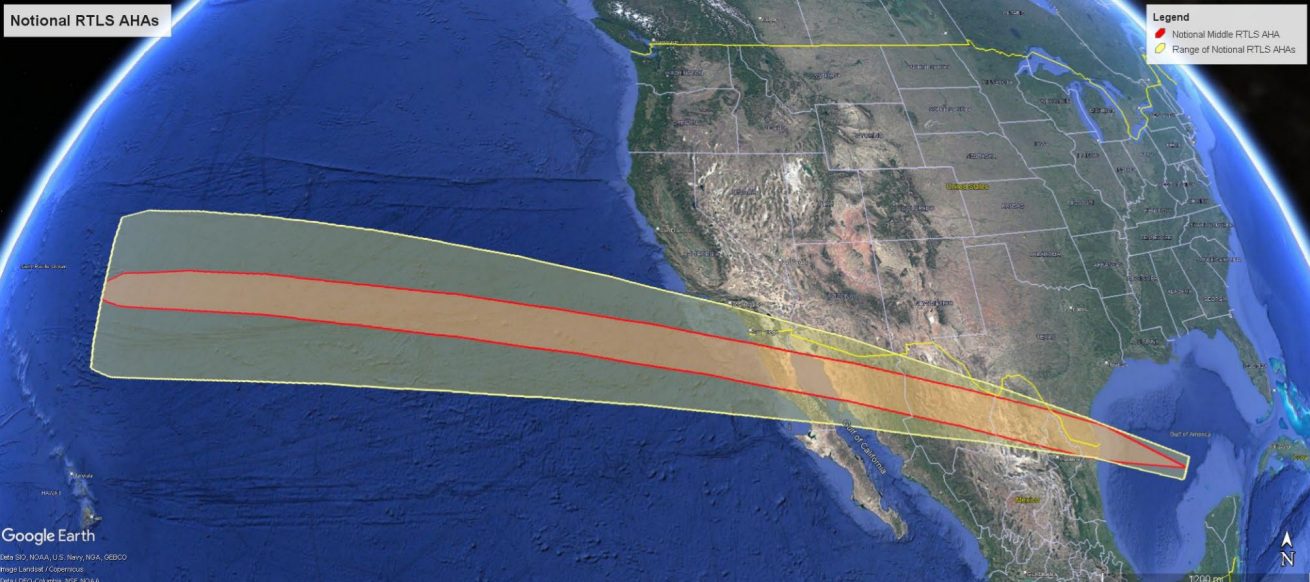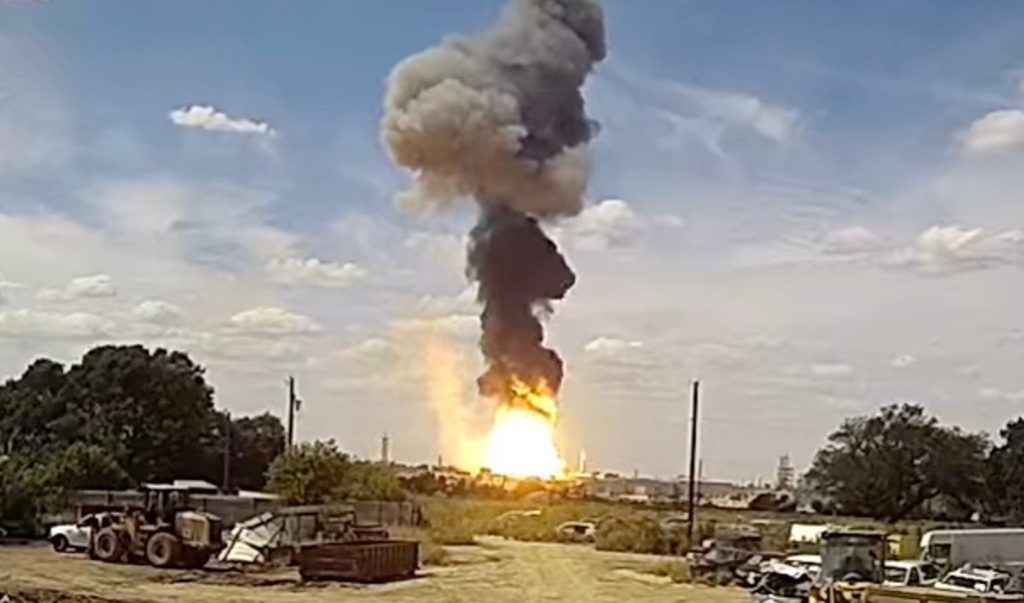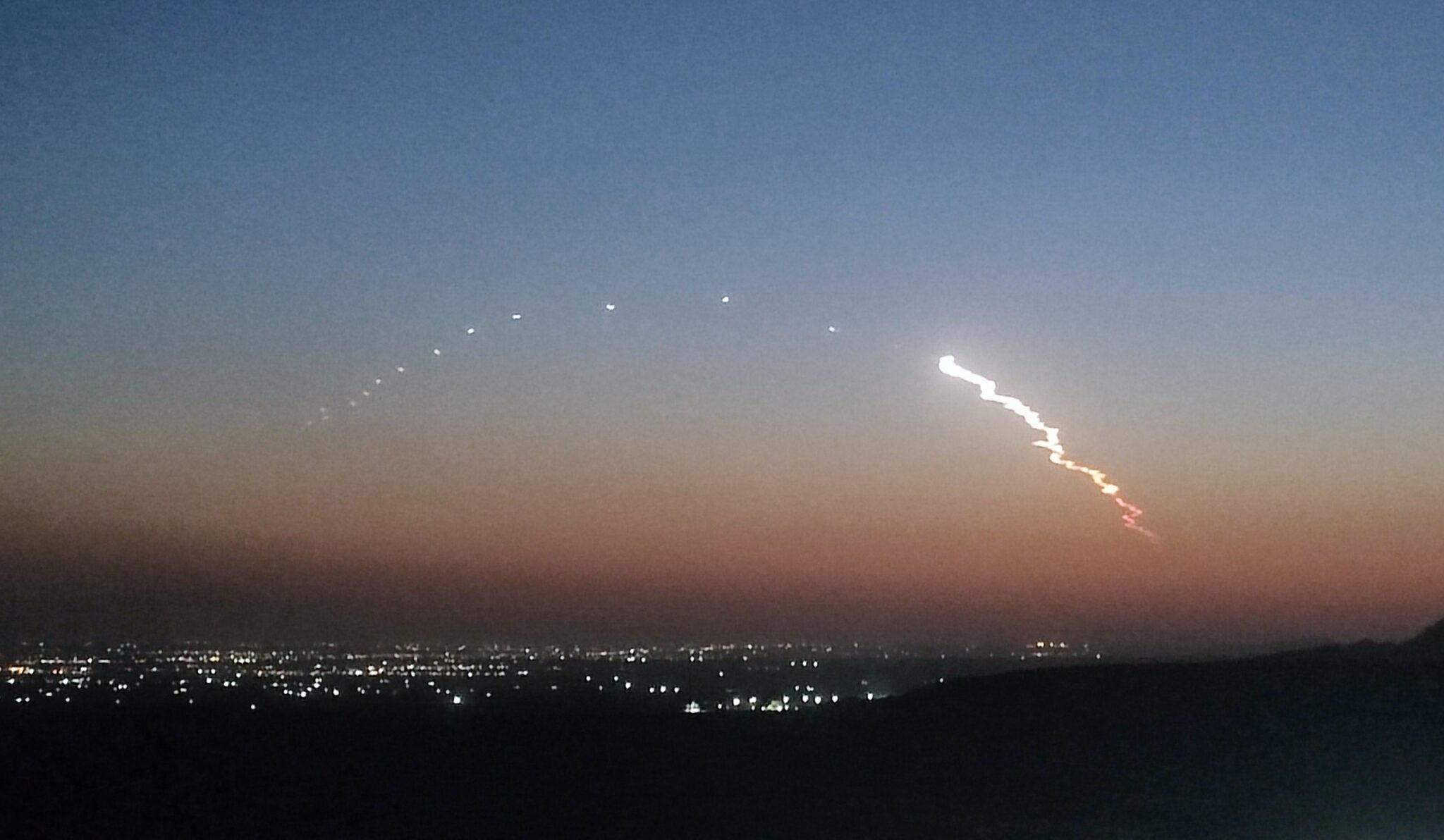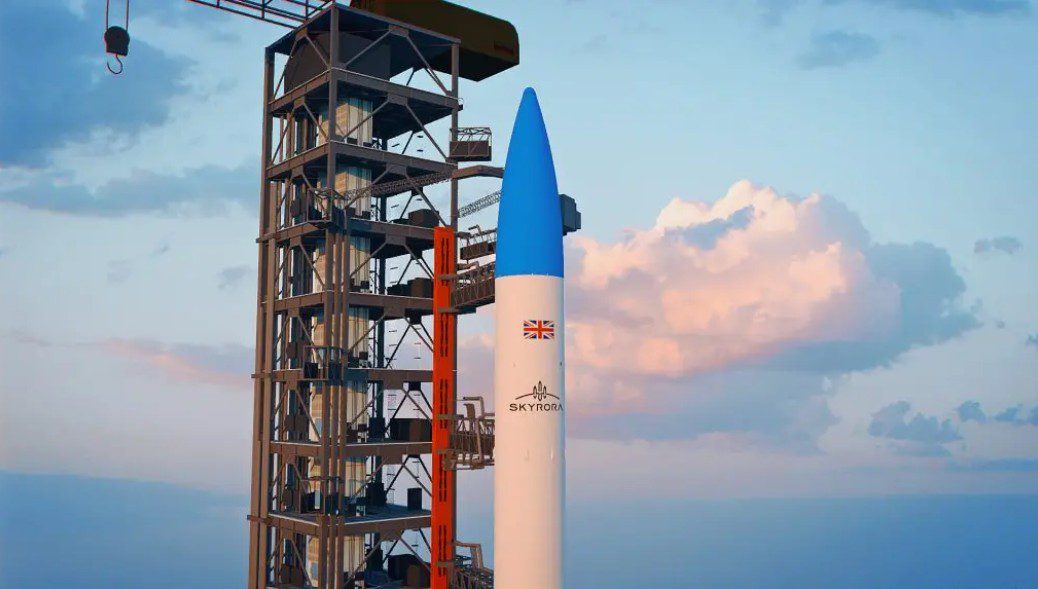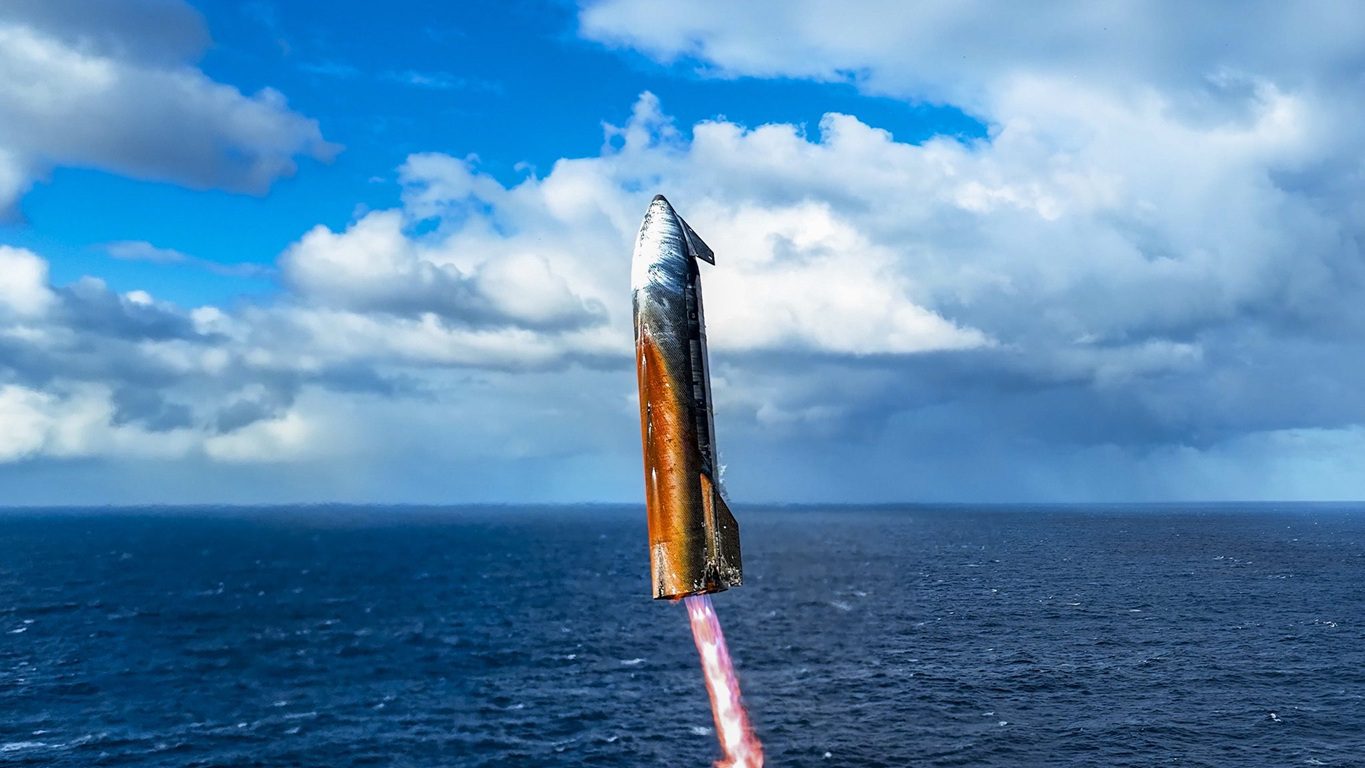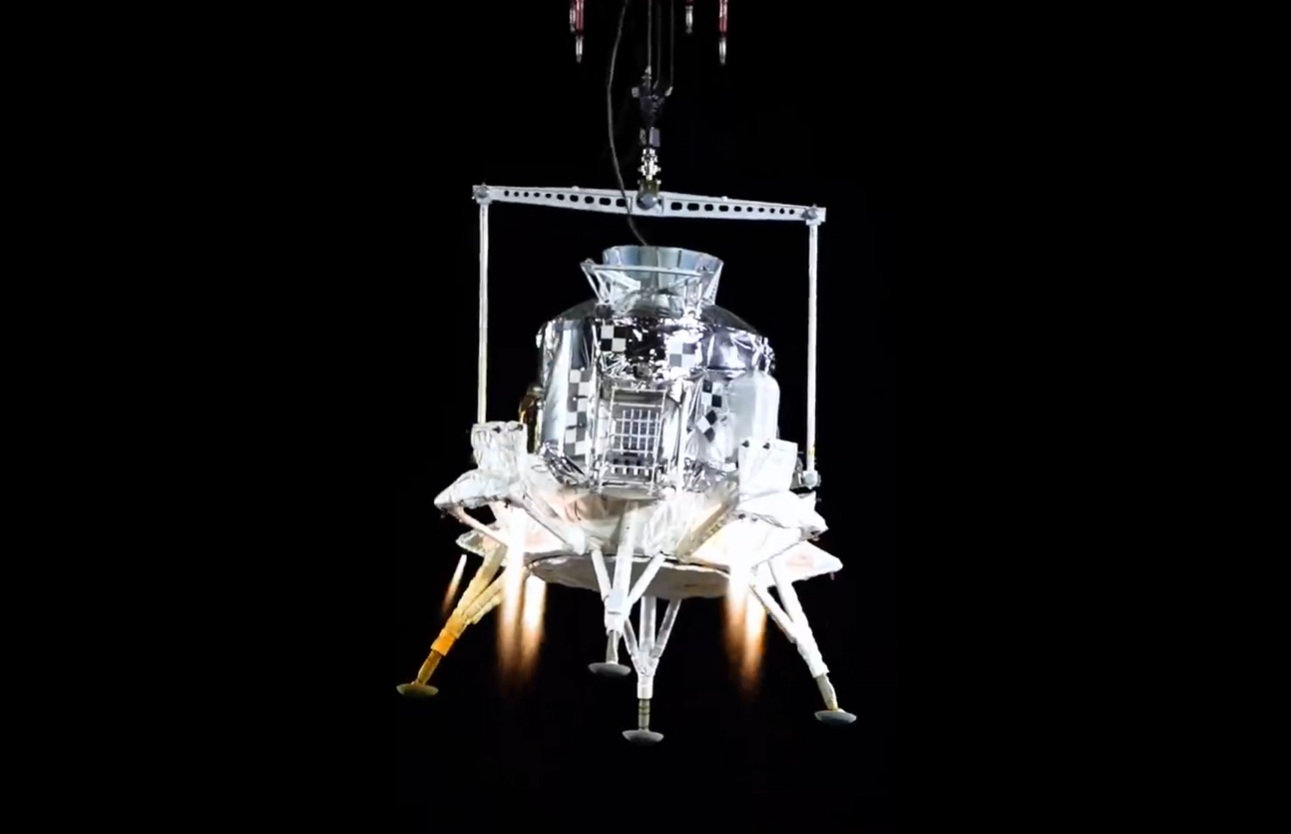SPACEX’S FALCON 1 SUCCESSFULLY DELIVERS RAZAKSAT SATELLITE TO ORBIT
Hawthorne, CA (July 15, 2009) – Space Exploration Technologies announces the successful launch of Falcon 1 and delivery of Malaysia’s RazakSAT into the correct orbit.
“This marks another successful launch by the SpaceX team,” said Elon Musk, CEO and CTO of SpaceX. “We are pleased to announce that Malaysia’s RazakSAT, aboard Falcon 1, has achieved the intended orbit.”
Falcon 1, a two-stage, liquid oxygen/rocket-grade kerosene vehicle designed and manufactured by SpaceX, lifted off Monday, July 13, at 8:35 pm (PDT). Lift off occurred from the Reagan Test Site (RTS) on Omelek Island at the U.S. Army Kwajalein Atoll (USAKA) in the Pacific Ocean, approximately 2,500 miles southwest of Hawaii.
RazakSAT was designed and built by Astronautic Technology (M) Sdn Bhd (ATSB), a pioneer and leader in the design and manufacture of satellites in Malaysia.
“Our ground systems were able to pick up communication from RazakSAT on its first pass,” said Norhizam Hamzah, Senior Vice President / Chief Technical Officer, Space Systems Division, ATSB. “The satellite is communicating as expected and our team will continue to monitor the data closely.”
Preliminary data indicates that the RazakSAT, equipped with a high resolution Medium-Sized Aperture Camera (MAC), achieved the intended Near-Equatorial Low Earth Orbit (NEqO) at 685 km altitude and a 9 degree inclination. The payload is expected to provide high resolution images of Malaysia that can be applied to land management, resource development and conservation, forestry and fish migration.
For more information about the Falcon family of vehicles, and to watch the Falcon 1 Flight 5 video, visit the SpaceX website at www.spacex.com
About SpaceX
SpaceX is developing a family of launch vehicles and spacecraft intended to increase the reliability and reduce the cost of both manned and unmanned space transportation, ultimately by a factor of ten. With the Falcon 1 and Falcon 9 vehicles, SpaceX offers highly reliable/cost-efficient launch capabilities for spacecraft insertion into any orbital altitude and inclination. Starting in 2010, SpaceX’s Dragon spacecraft will provide Earth-to-LEO transport of pressurized and unpressurized cargo, including resupply to the International Space Station (ISS).


